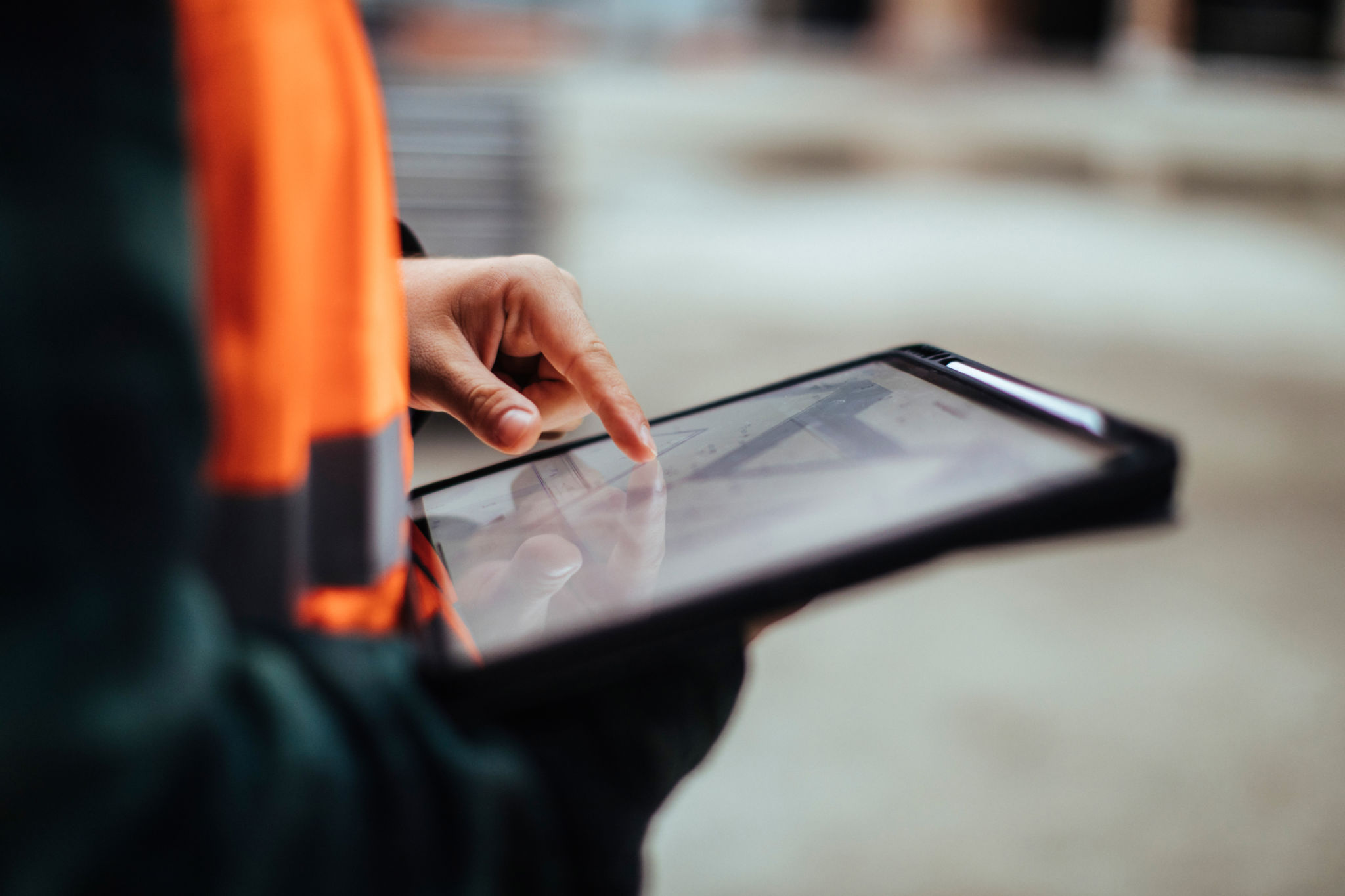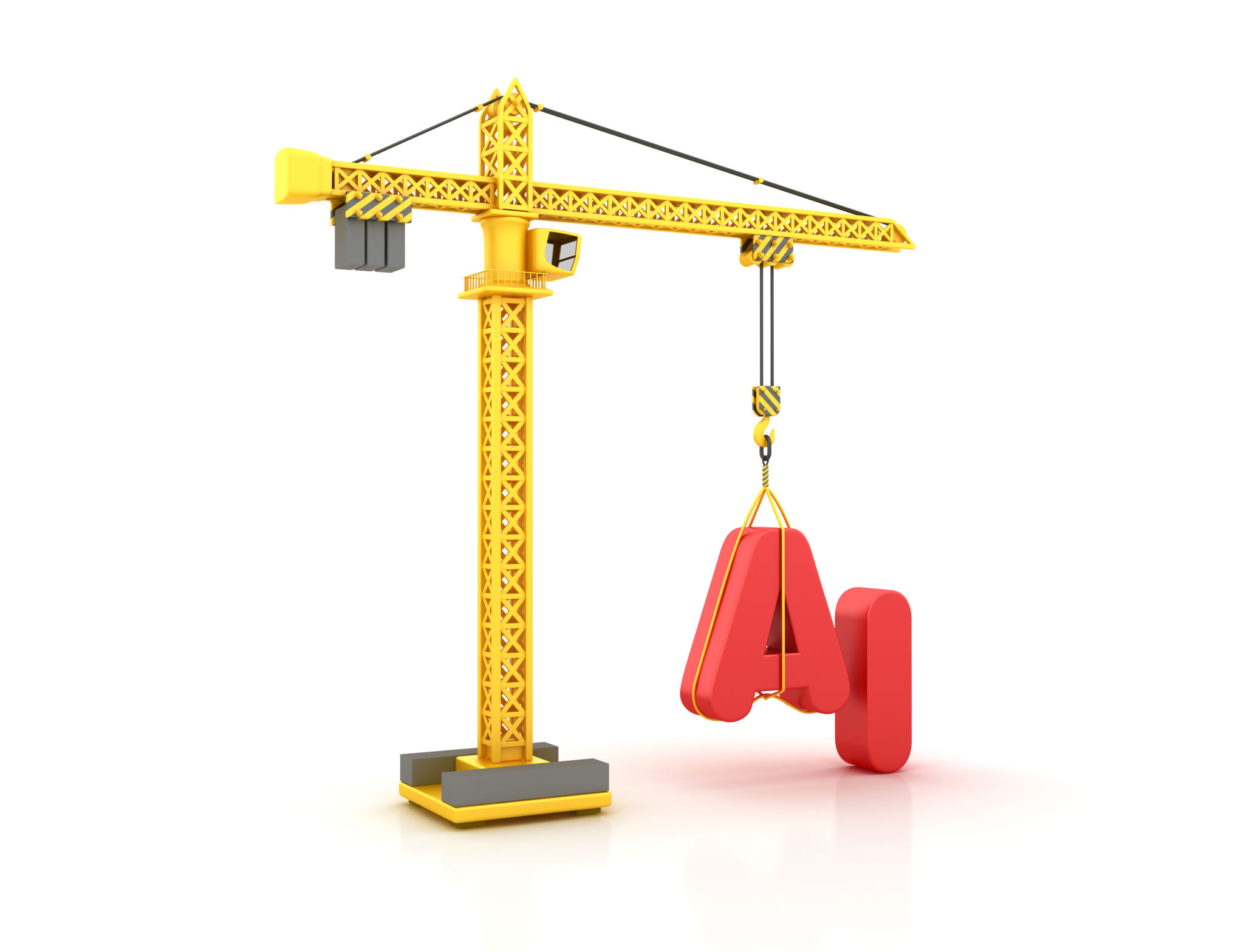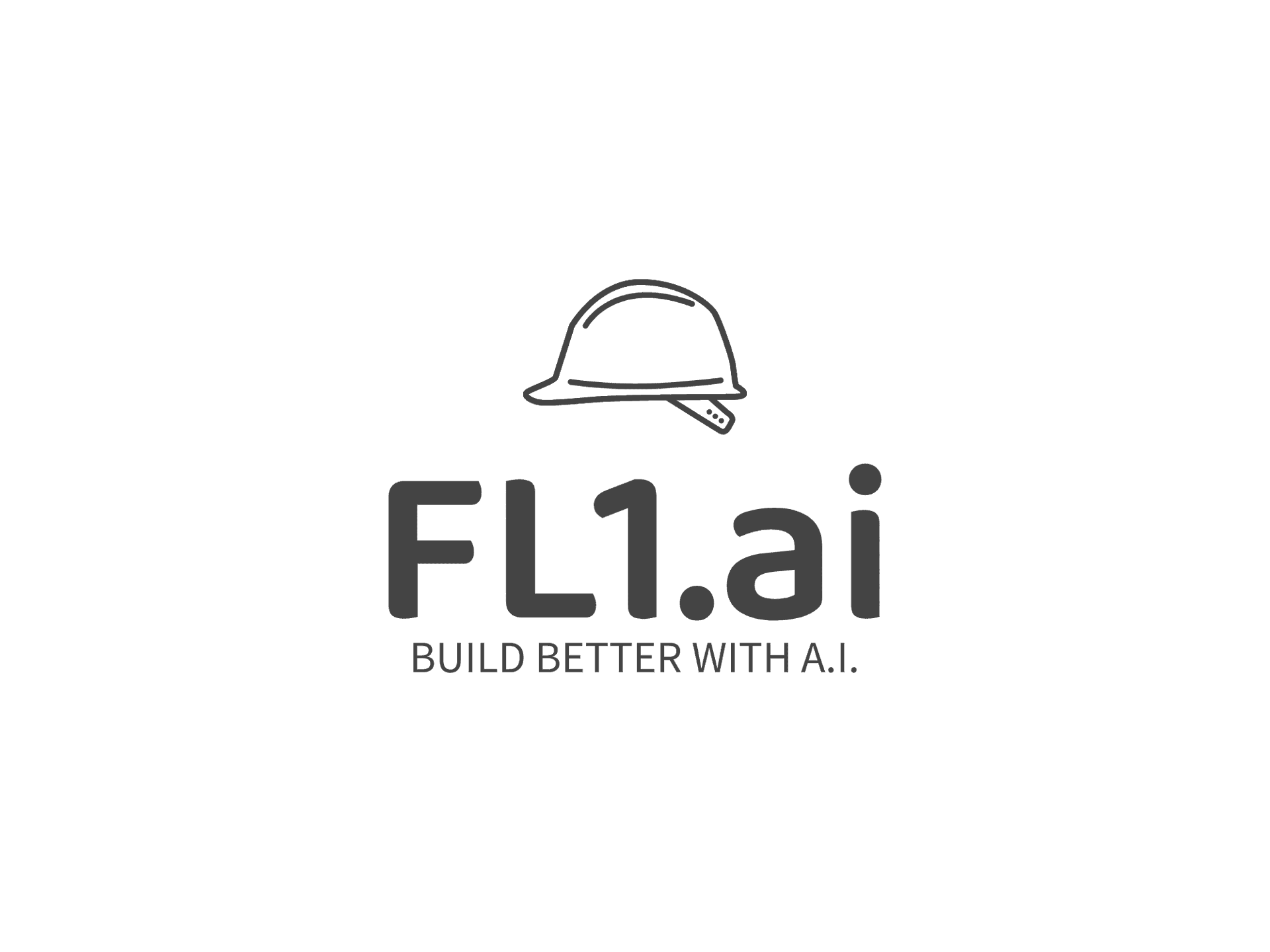Enhancing Safety in Construction: AI's Role in Risk Management
The Growing Importance of AI in Construction Safety
In recent years, the construction industry has seen a significant transformation with the integration of advanced technologies. Among these, Artificial Intelligence (AI) is rapidly becoming a cornerstone for enhancing safety and managing risks on construction sites. As the industry continues to evolve, the role of AI in improving safety protocols cannot be overstated.
Construction sites are inherently risky environments, with workers regularly exposed to potential hazards. AI technology offers innovative solutions to minimize these risks, ensuring a safer workplace for everyone involved. By analyzing data and predicting potential issues, AI is helping to prevent accidents before they occur.

AI-Powered Predictive Analysis
One of the most significant contributions of AI to construction safety is its ability to perform predictive analysis. This involves using algorithms to analyze historical data and identify patterns that might indicate future risks. By recognizing these patterns, construction managers can take proactive measures to mitigate potential dangers.
For instance, AI can predict equipment failures by analyzing usage patterns and maintenance records. This allows for timely interventions, reducing the likelihood of accidents caused by malfunctioning machinery. Similarly, AI can assess environmental conditions, such as weather patterns, to anticipate and prepare for potential site disruptions.
Enhancing Decision-Making with Real-Time Data
AI also plays a crucial role in enhancing decision-making processes by providing real-time data analysis. Construction sites generate vast amounts of data daily, from employee movements to machinery operations. AI systems can process this data instantly, offering insights that help managers make informed decisions swiftly.

For example, AI-powered cameras and sensors can monitor site activities, ensuring compliance with safety protocols. If a worker enters a restricted area or fails to wear protective gear, the system can instantly alert supervisors. This real-time monitoring not only improves safety but also boosts overall operational efficiency.
Training and Skill Development
AI is not just about automation; it also contributes to the skill development of construction workers. Through virtual reality (VR) and augmented reality (AR) tools powered by AI, workers can undergo immersive training sessions that simulate real-world scenarios. This hands-on experience is invaluable for preparing them to handle potential risks effectively.
Such training programs can be tailored to address specific site conditions and hazards, ensuring that workers are well-equipped to deal with the challenges they may encounter. Moreover, continuous learning opportunities provided by AI-driven platforms help in keeping the workforce updated on the latest safety standards and practices.

The Future of AI in Construction Safety
As AI technology continues to advance, its impact on construction safety is expected to grow even further. Future innovations could include more sophisticated predictive models, enhanced automation capabilities, and improved integration with other emerging technologies like IoT and blockchain.
The construction industry stands on the brink of a technological revolution. By embracing AI and its myriad applications, companies can not only enhance safety standards but also improve efficiency and productivity across their operations. The potential of AI in transforming construction safety is immense, promising a safer future for workers worldwide.
